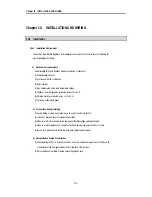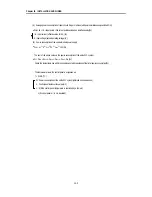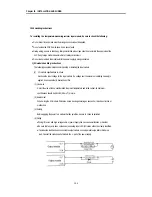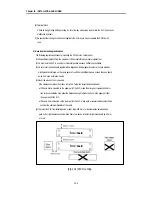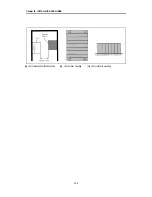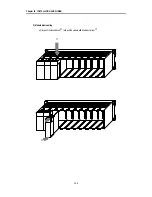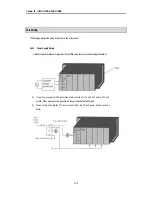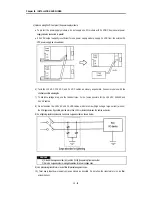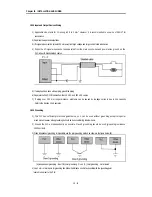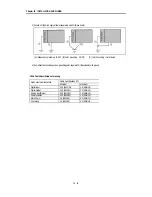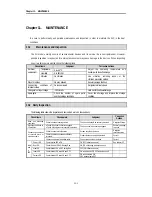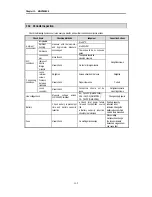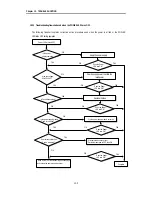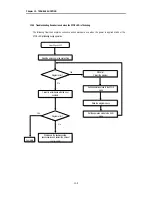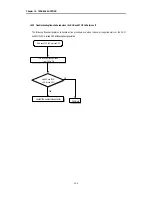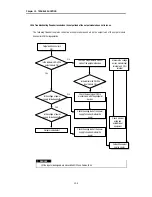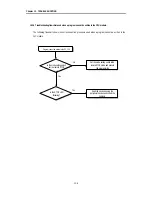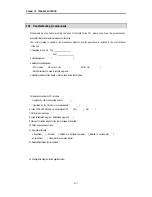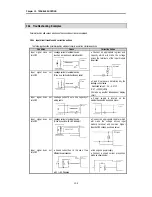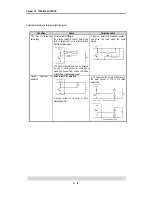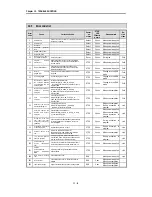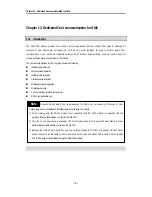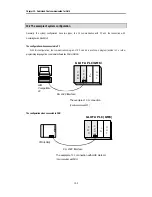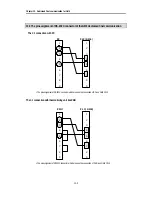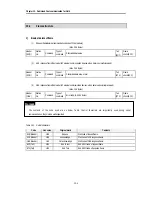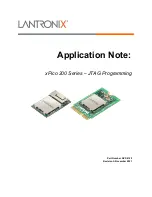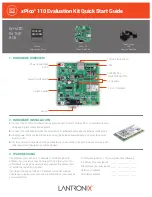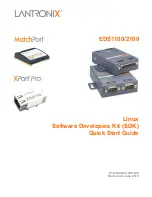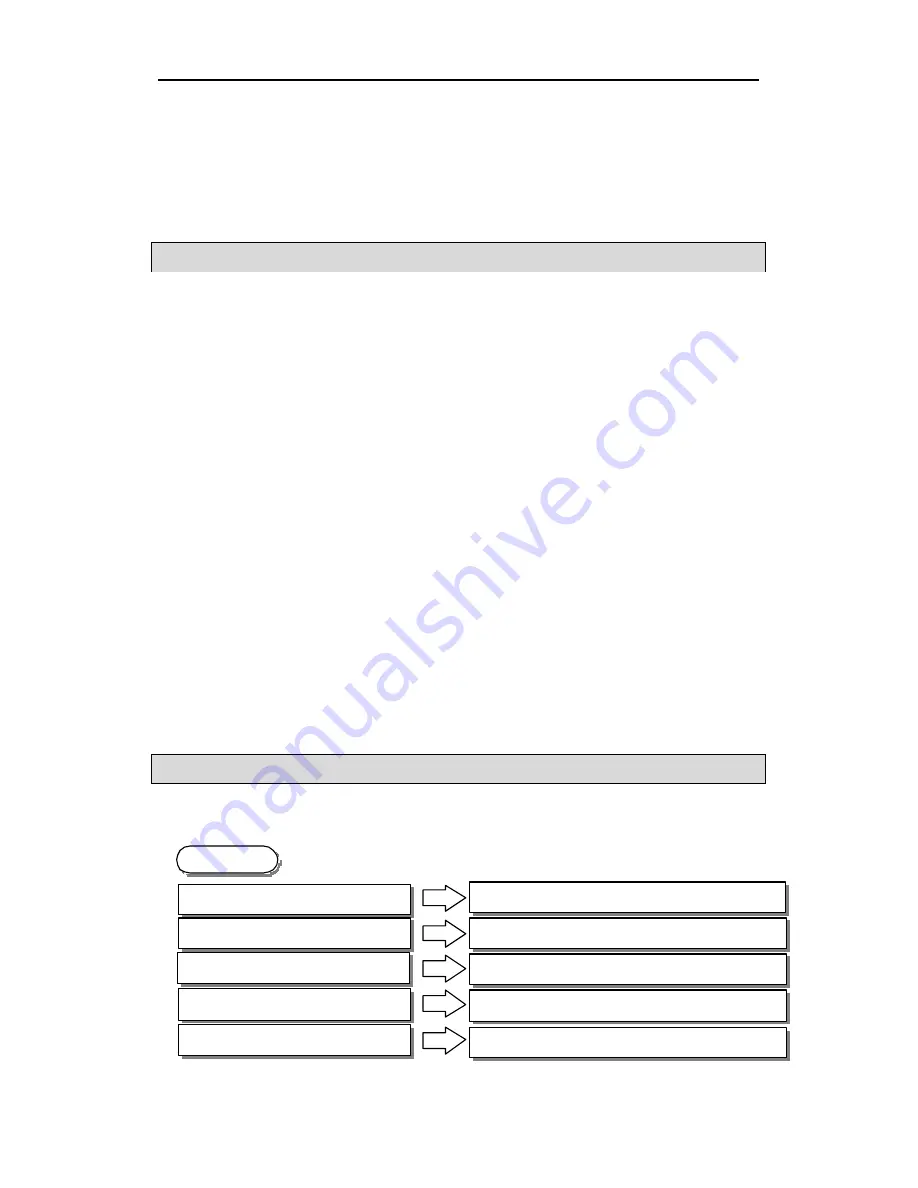
Chapter 12. TROUBLE SHOOTING
12 - 1
Chapter 12. TROUBLE SHOOTING
The following explains contents, diagnosis and corrective actions for various errors that can occur during system
operation
12.1 Basic Procedures of Troubleshooting
System reliability not only depends on reliable equipment but also on short down-times in the event of faults.
The short discovery and corrective action is needed for speedy operation of system.
The following shows the basic instructions for troubleshooting.
1) Visual checks
Check the following points
•
Machine motion(In stop and operating status)
•
Power ON or OFF
•
Status of I/O devices
•
Condition of wiring (I/O wires, extension and communications cables)
•
Display states of various indicators(such as POWER LED, RUN LED, STOP LED and I/O LED). After checking
them, connect the peripheral devices and check the operation status of the PLC and the program contents.
2) Trouble Check
Observe any change in the error conditions during the following.
•
Set the mode setting switch to the STOP position, and then turn the power ON and OFF
3) Narrow down the possible causes of the trouble
Deduce where the fault lies, i. e:
•
Inside or outside of the PLC
•
I/O module or another module
•
PLC program ?
12.2 Troubleshooting
This section explains the procedure for determining the cause of troubles as well as the errors and corrective
actions for the error codes.
Occurrence of error
Is the power LED turned OFF?
Is the stop LED flickering ?
Are the RUN and STOP LED turned OFF?
I/O module dose not operate properly
Flowchart used when the POWER LED is turned OFF
Flowchart used when the STOP LED is flickering
Flowchart used when the RUN and STOP LED is turned OFF
Flowchart used when the output load of the output module dose not turn on
Program cannot be written
Flowchart used when a program cannot be written to the PLC

